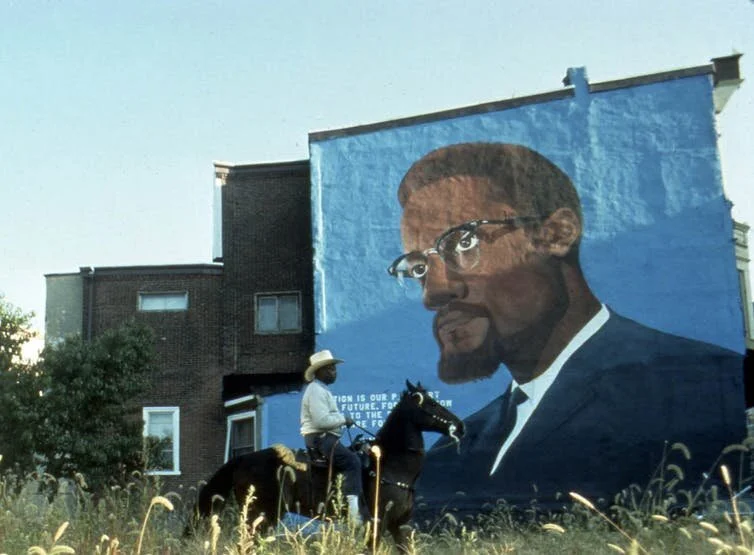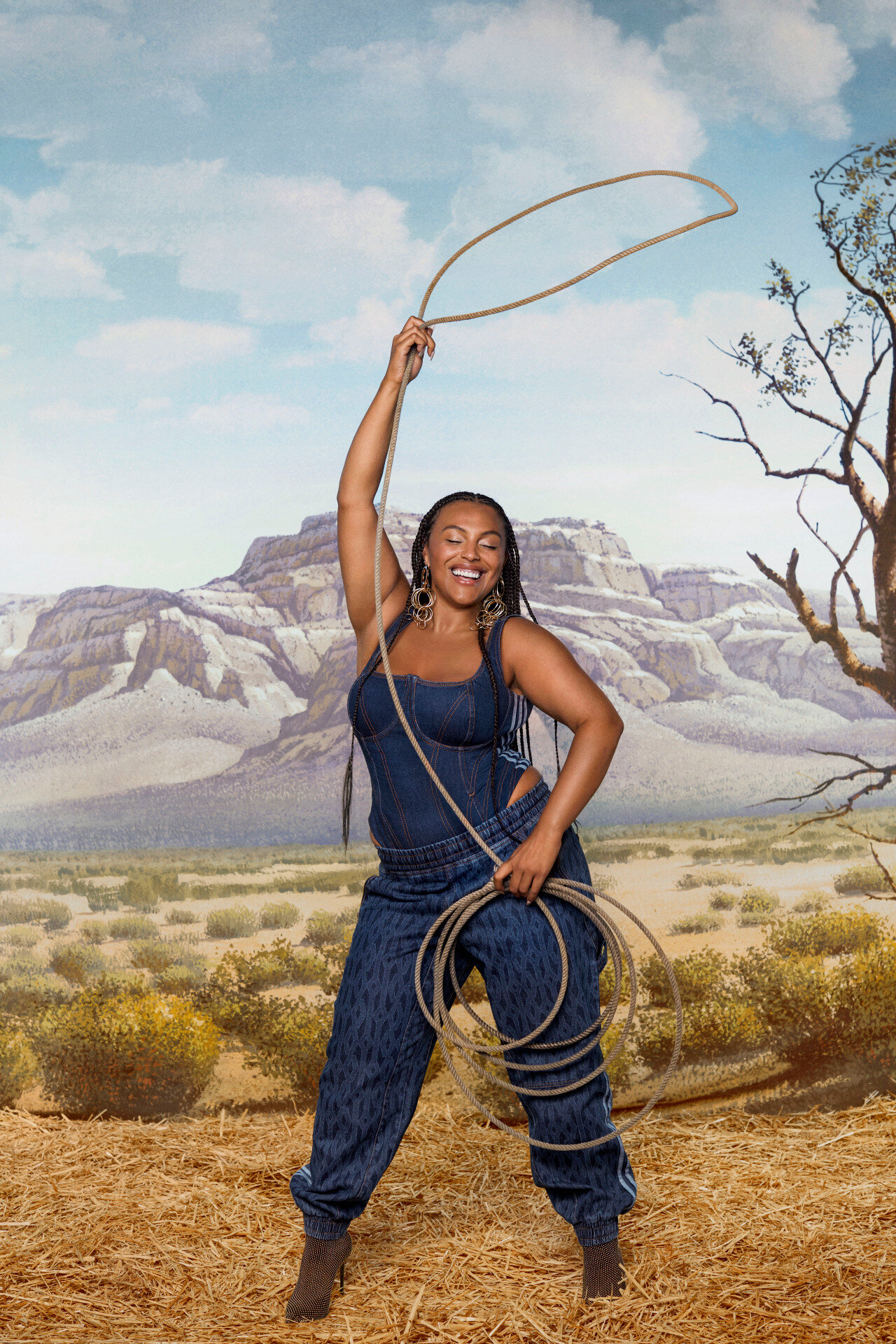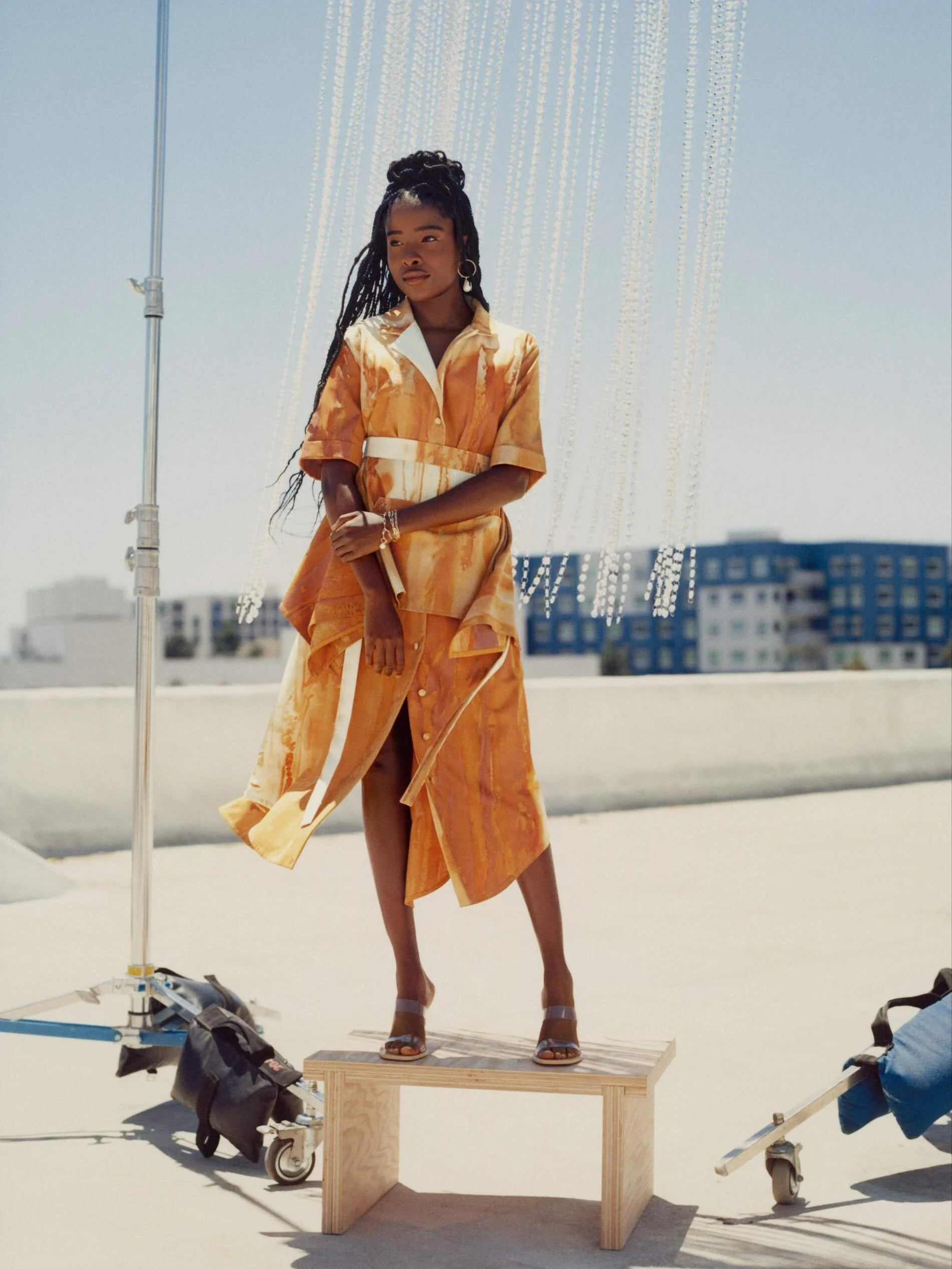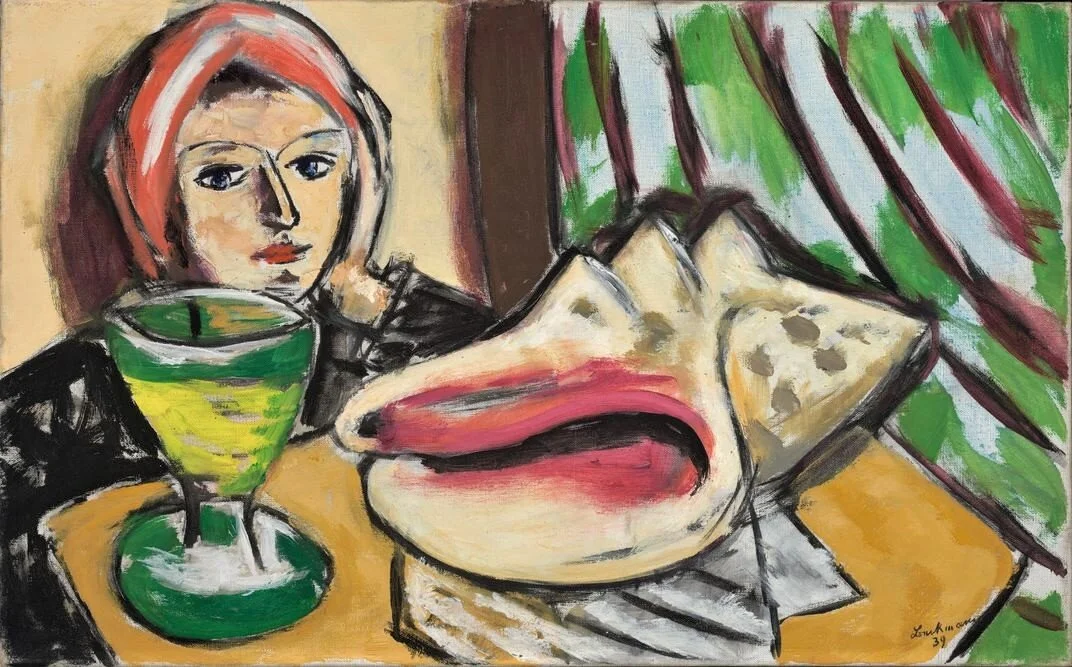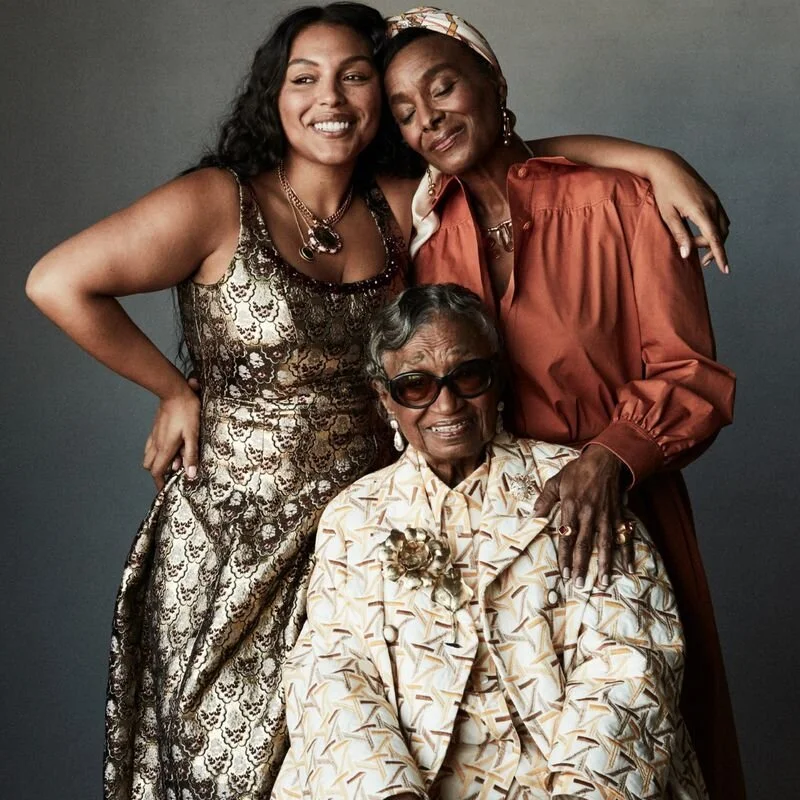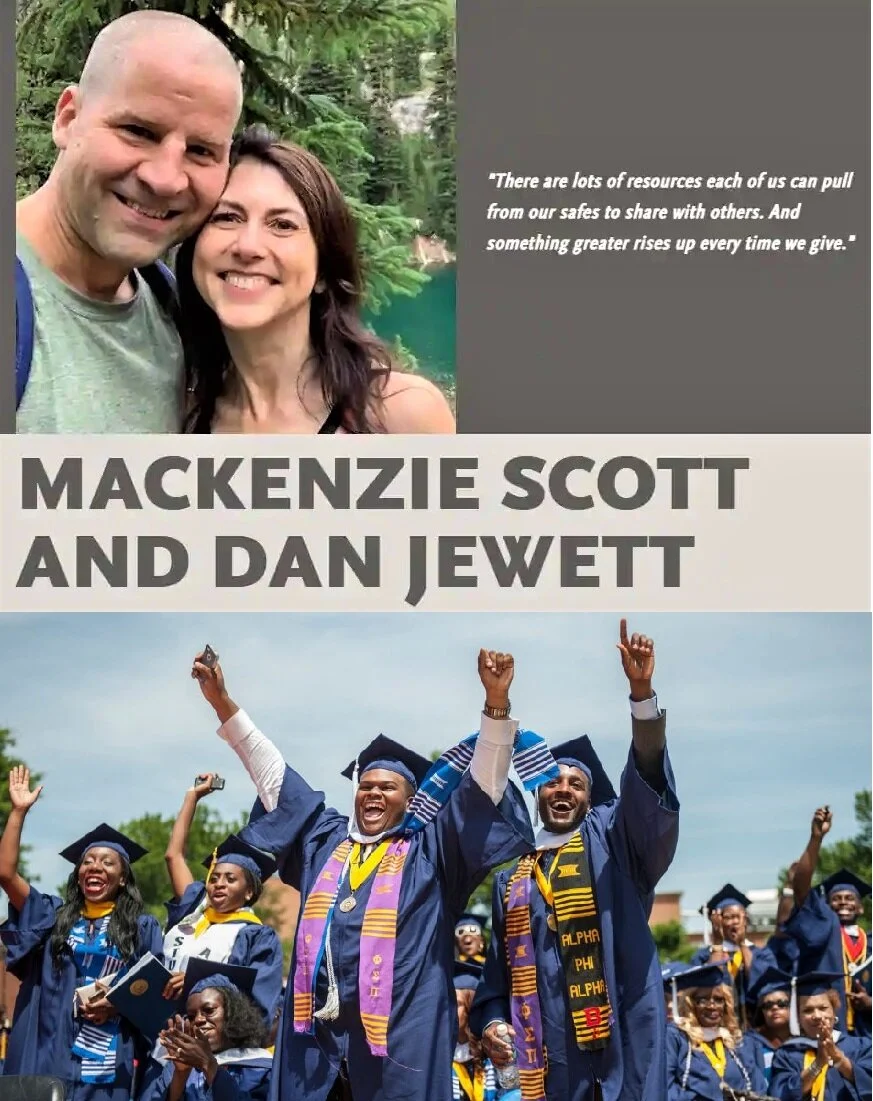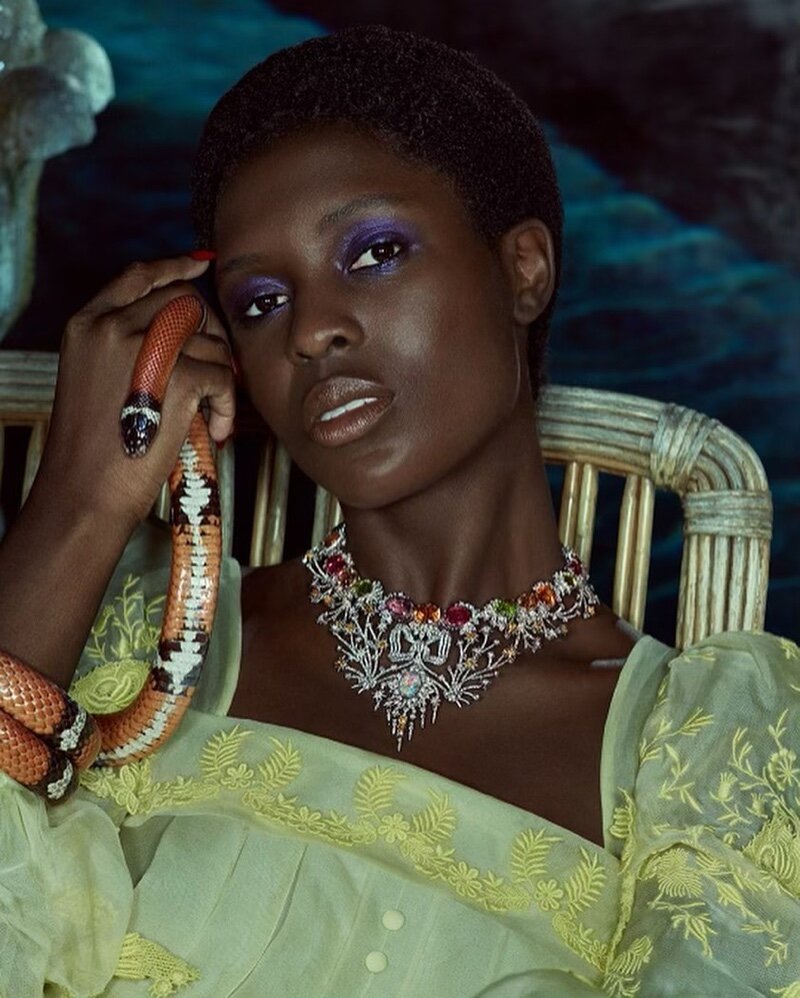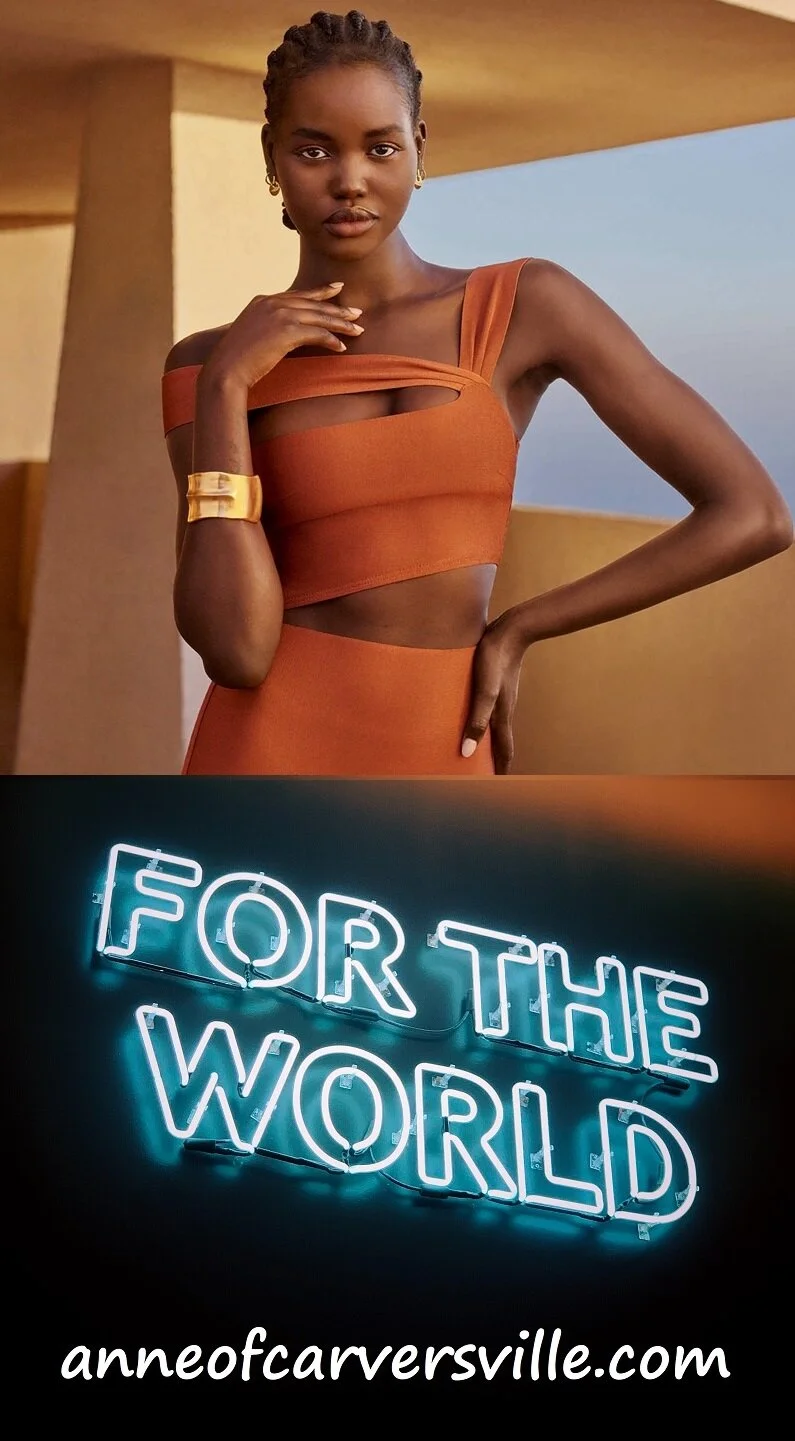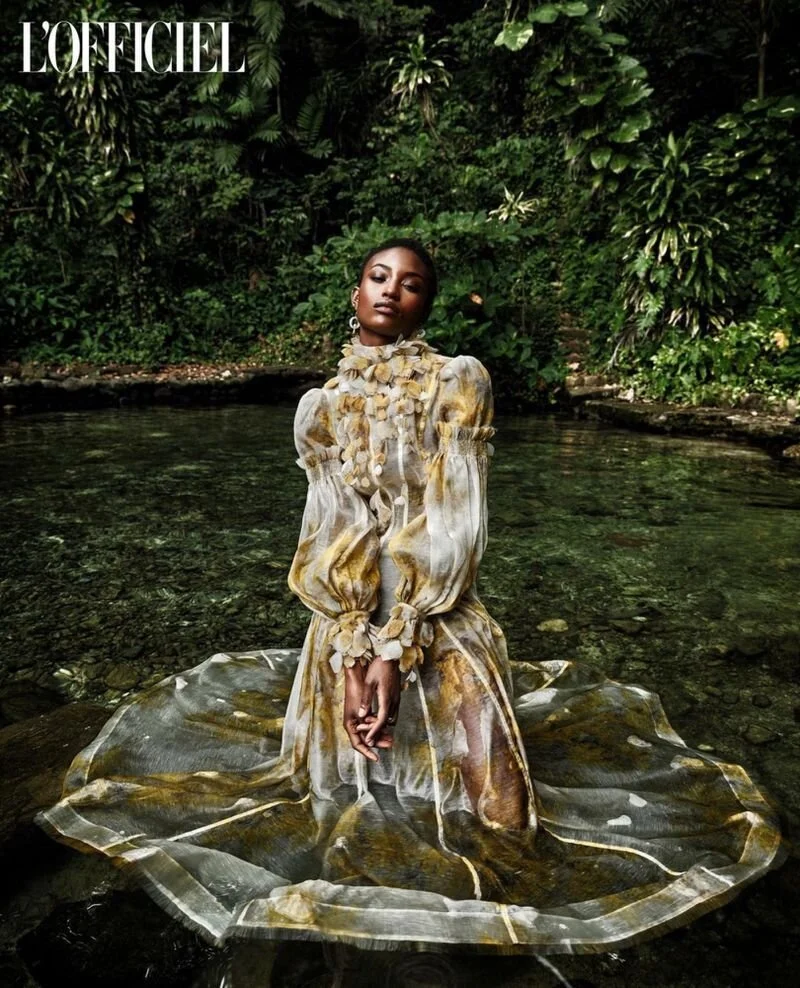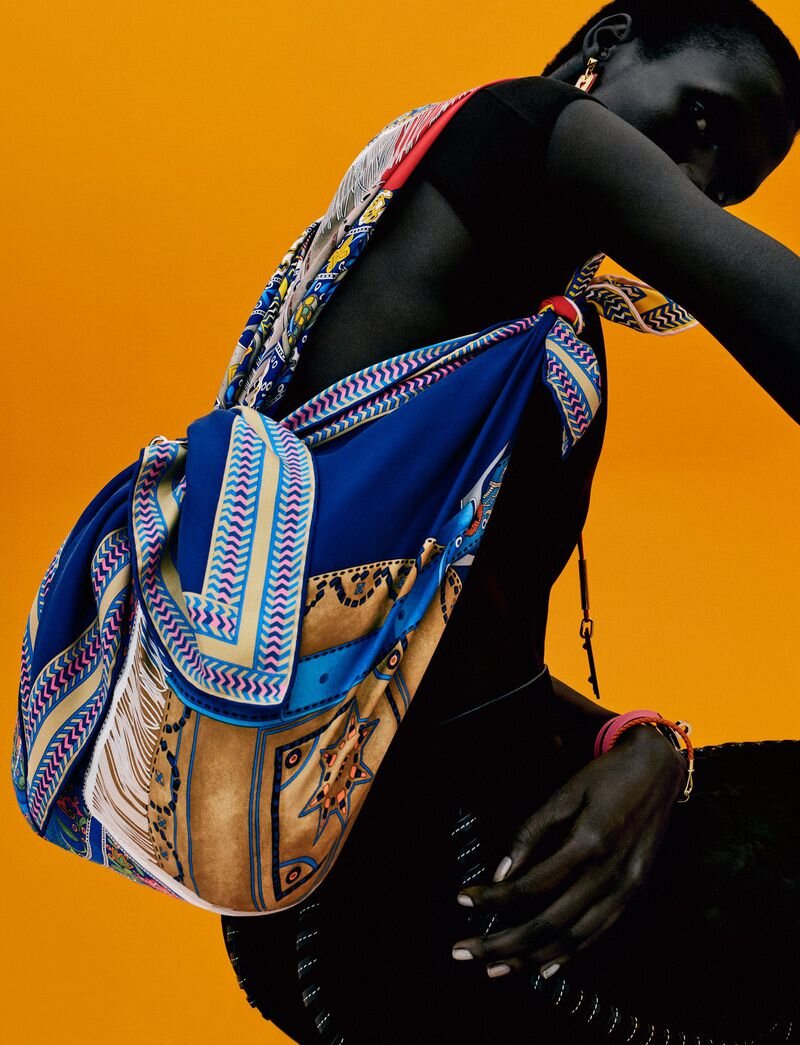A New Civil War Museum Speaks Truths in the Former Capital of the Confederacy
/Colorized photographs bring a 21st-century approach to the 19th-century technology that changed how Americans understood war. (Penelope M. Carrington/The American Civil War Museum)
By Andrew M. Davenport, Ph.D. student in U.S. History at Georgetown University. First published on Smithsonian.com.
At the terminus of five railroads, Richmond, Virginia was more than just the nominal capital of the Confederate States of America. The city’s factories supplied the Confederacy with food, munitions, and cannons. After the war, its historians, writers, and sculptors manufactured “heroes” of the Confederacy as men who treated enslaved people with paternalistic affection, fighting for just causes and states’ rights.
Richmond, once the second-largest market for enslaved people and the capital of a state where more than half of all Civil War battles were fought, would, in peacetime, metamorphose into the site of a prolonged, contested engagement for the very memory of the war. The myths garlanding Confederate figures like Jefferson Davis and Robert E. Lee, who made Richmond their home for relatively brief spells of time, have long outshone the stories of generations of Richmonders who have lived in the contradictions of the city of the Lost Cause.
It’s with some fitting justice, then, that a museum opening this weekend in what was once the industrial heart of Richmond sits at the center of the nation’s modern-day struggles to understand the impact and devastation wrought by the Civil War.
An Exciting New Museum Redefines The War’s Legacy
The American Civil War Museum, a new institution formed out of a merger between the American Civil War Center and the Museum of the Confederacy, sits on the banks of the James River. If, as the museum’s CEO Christy Coleman says, the Civil War “saved and redefined what the American republic would be,” the new museum redefines the war’s legacy as perpetually bound to our always-fraught present.
The glass-walled museum, set in a sunlit plaza 100 yards from the riverbank, encompasses the brick ruins of Tredegar Ironworks, which produced much of the heavy artillery—especially cannons—for the Confederacy during the Civil War. The museum’s superstructure envelops this complicated history, encasing the ruins of the forge and pairing them with approximately 16,000 artifacts, about 550 of which are on display in breathtakingly inventive galleries.
Coleman, a veteran and pioneer in the field of historical interpretation, admits she could not have predicted building a new museum when she came to Richmond in 2008 to become CEO of what was then known as the American Civil War Center. But the wholesale construction of a new museum pales in comparison to the challenges of the Center’s 2013 merger with the competition in town—the Museum of the Confederacy, housed in the so-called “White House of the Confederacy.”
The exterior of Richmond's American Civil War Museum (Penelope M. Carrington/The American Civil War Museum)
Opened as the Confederate Museum in 1896, the Museum of the Confederacy emerged directly from the Lost Cause propaganda machine, which itself had largely been steered from Richmond. Lost Cause organizations, like the all-female Confederate Memorial Literary Society, which funded and operated the Confederate Museum, campaigned to shift public opinion to a more sympathetic, pro-Confederate understanding of the South’s “true” reasons for fighting the Civil War. Once known as a chief purveyor of Confederate apologias, the Confederate Museum changed its name to the Museum of the Confederacy in 1970 in a first step to become a museum about the Confederacy rather than for it. In 1991, when Coleman was director of African American Programs at Colonial Williamsburg, she contributed to the Museum of the Confederacy’s internationally acclaimed “Before Freedom Came,” the nation’s first comprehensive exhibit on African and African-American life in the antebellum South.
By the time Coleman arrived in Richmond, she had established a productive working relationship with Waite Rawls III, then the executive director of the Museum of the Confederacy. Coleman and Rawls deepened their professional relationship as the sesquicentennial anniversary of the Civil War approached, and the unlikely merger of their institutions began to be bandied about. Both museums had just completed capital campaigns, but their strengths and weaknesses were glaring and not easily overcome. The American Civil War Center had a marvelous location at the Tredegar Ironworks, but little by way of a collection; the Museum of the Confederacy had limited space but featured the largest collection of Confederate Civil War artifacts in the world.
A Game-Changer For Interpreting Civil War History
Its greatest disadvantage was its name, inextricable from its Lost Cause origins. After researching and learning how frequently merged institutions fail, Coleman had good reason to be skeptical of a merger. “There was no good reason to pursue it,” Coleman wrote in a tweet last week, “except one: if we managed to pull this off, it could be a game-changer not only for our institutions but the way we approached Civil War history.”
The merger of the two institutions is the stuff of Hollywood. That’s probably not lost on Coleman, who earned an Emmy for the 2009 TV movie Freedom Bound. “We hit all sorts of roadblocks [with the merger of the two museums],” Rawls says. “You asked me earlier did Christie and I ever go drinking. Yeah! We’d go to a local hangout here [in Richmond] and drink a couple of beers. Our working relationship really, really helped get us through.”
Rawls, a white Southerner who favors bowties and cigarettes and who counts three of his four great-grandfathers as Confederate soldiers, is frank about the American Civil War Museum’s significance. “If there was ever a time that this nation needs to look at all the perspectives of the Civil War, it’s now,” Rawls says.
Christy Coleman has a proven history of engaging with the public on difficult history. (Kim Brundage Photography)
Coleman is herself a “game-changer.” Born in central Florida, Coleman’s family settled in Williamsburg, Virginia, in 1973, just after much of the state’s white population led a movement against school desegregation known as “massive resistance.” As a teenager, Coleman’s first job was as a historical interpreter at Colonial Williamsburg. She rose through the ranks to hold a number of high-profile positions within Colonial Williamsburg, including one as the first director of African American Interpretations and Presentations.
In that role in the mid-1990s, Coleman made the controversial decision to interpret an auction of an enslaved family. In front of an audience of thousands, Coleman portrayed one of the family members sold to the highest bidder. Though the interpretation received widespread media attention, some of it very critical, it is now recognized as a landmark success as an example of how to represent one of the most harrowing, tragic experiences of American history. Coleman later led Detroit’s famed Charles H. Wright Museum of African American History, where she found success in engaging with the community.
Coleman Is A Leader In Grassroots Public History Reckoning
Coleman is a spellbinding speaker, a skill developed through diligent practice and countless public appearances over four decades as a public historian. Coleman has an equanimity about her, realized over years of grappling over and representing some of this nation’s most controversial subjects. As professional public historian and a woman of color in a field still dominated by white men, Coleman has been an indispensable leader in a groundswell, grassroots public history reckoning.
Neither Rawls nor Coleman were immune from criticism about the merger, but Coleman bore the brunt of the criticism. Coleman recounted for the Uncivil podcast how a donor to the Museum of the Confederacy once walked into her office and explained that slavery was the best thing to ever happen to black people. “Here’s the thing,” Coleman recalled saying to the man. “Not only are you wrong; you’re fucking wrong. Let me break it down.” An online petition declared an initiative to “Stop Christy Coleman from Stealing Our Heritage.”
“White supremacy is a hell of a drug,” Coleman says.
Rawls received dozens of derogatory voicemails. One caller in particular, recalls Rawls, referred to the American flag as the “occupation flag.” The caller wanted to know how Rawls, a descendant of Confederate soldiers and as executive director of the Museum of the Confederacy, could support a merger and serve as board member of the new museum, but Rawls was unmoved. In addition to his ancestors who served in the Confederacy, Rawls’ grandfather served in World War I, his father in World War II, and Rawls himself served during Vietnam. “That ‘occupation flag’?” Rawls asks rhetorically, “That’s my flag.”
“White supremacy is a hell of a drug,” Coleman says.
Rawls calls the physical merger of the two museums “a monstrous task.” Everything in the Museum of the Confederacy had to be carefully packaged like it was being flown across the country, even though the items were only moved a mile-and-a-half, mostly downhill, across Richmond. The move cost an estimated $500,000. “Think moving your house is rough?” Coleman says. “Try moving a museum collection!”
The funds for the estimated $25 million-project were raised by a small handful of individuals led by Bruce C. Gottwald, a longtime board member of the American Battlefield Trust. Rawls says Gottwald recognized how non-partisan, “more agnostic” storytelling benefited visitors to Revolutionary War and Civil War battlefields, and it was Gottwald who first approached Coleman and Rawls and asked, “What would happen if your museums came together?” And it was Coleman’s vision that helped two entities transform into one institution whose mission is “for the exploration of the American Civil War and its legacies from multiple perspectives: Union and Confederate, enslaved and free African Americans, soldiers and civilians.”
The mission reflects just how divided and fragmented the Civil War and its legacies have always been in America. As a world-historical event, the Civil War will always be contentious, and its stories are perhaps best heard by listening to a polyvocal, jagged arrangement of historical sources. As historian Chandra Manning has written, “Coming to terms with the Civil War, emancipation, and citizenship demands that we not step to one side or hold ourselves bemusedly above labels like triumph and tragedy, but rather that we live right in the unbearable but essential tension between them.”
The American Civil War Museum literally brings visitors face-to-face with the past. Historic photographs of legendary and workaday Civil War-era Americans, enlarged and resplendently colorized, decorate the foyer walls at the entrance to an exhibition space. Here, visitors look directly into the impenetrable gaze of Frederick Douglass and Harriet Tubman, the calculating blue-eyed stare of Jefferson Davis. The experience in the foyer hints at what is to come in the galleries. Many of the museum’s historic photographs have been enlarged and colorized in an attempt to introduce visitors to the fully realized, complex characters of Americans—black, white, indigenous, Hispanic, Asian; and of all genders—who participated in and defined the Civil War. More than any one artifact, the colorized photographs leap out from the display cases into visitors’ minds. Where another museum might have chosen mannequins or even wax figures to interpret historical figures, the American Civil War Museum opts to prominently feature the very technology that made the Civil War conflict the first mass-media, photographed war. The result is every bit as shocking as the images of the battlefield dead taken by Matthew Brady that appeared in Harper’s or Frank Leslie’s Weekly.
The new museum marries the impressive collections of the former Museum of the Confederacy with the historic location of the former Civil War Center (Penelope M. Carrington/The American Civil War Museum)
Colorizing the photographs were a key component of Coleman’s vision for the new museum, but it was her even more audacious plan, executed by design firm Solid Light, for the galleries to reflect a divided, fragmented nation that altogether qualifies as a kind of conceptual artwork. The first gallery makes clear how chaotic the war was. A model of civilian Judith Henry’s Manassas, Virginia, home demonstrates how the war came to the literal doorstep of each and every American. Henry, then aged 85, widow to a U.S. Naval officer, became the first civilian casualty of the war when her home was caught in the crossfire at the First Battle of Bull Run in 1861. The walk-in exhibit depicts Henry’s blasted-out home, shattering and splintering out in every direction, with representations of fire and smoke projected onto media screens in what the executive director of Solid Light calls “an immersive storyspace.” Large architectural elements give a sense of drama and presence, and function as the scaffolding for storytelling. A floor case, a glass-bottomed floor that will display artifacts like coins, bullet shells and buttons—detritus a soldier might have found on the bloody ground the morning after battle—are underneath a visitor’s feet. The entire gallery space, including its electronic screens, feature the theme of splintering or fragmentation in what makes for a totally absorbing impression.
The Museum Is A Space That Transcends The Division Sown By The War And Its Wake
Coleman and Rawls’ close professional relationship has brought forth a museum that welcomes visitors into a space that transcends the division sown by the war and its wake. Damon Pearson of 3north, the architecture firm that designed the museum, says it “celebrates the message Christy and Waite are saying to the world.” Just as important as the museum, for those who may never have the chance to visit Richmond, the American Civil War Museum features an online presence also reflective of Coleman and Rawls’ message.
Resources—including a fully digitized collection—for educators, students, or just the casual internet surfer, enable viewers to view a vast array of Civil War-era artifacts, like flags, photographs, and quilts. One of the most impressive aspects of the museum’s online presence is its companion website OnMonumentAve.com, which contextualizes the statues, many of them depicting Confederate officers, that line Richmond’s most famous thoroughfare. Lost Cause supporters were clear about their political intentions for the Richmond monuments; mourners for the dead and their long gone way of life found succor and strength in raising statues. “A people carves its own image in the monuments of its great men,” said Confederate veteran Archer Anderson at the unveiling of the Robert E. Lee statue on Monument Avenue in 1890. It is the American Civil War Museum’s intent for the online portal to transparently show the political contexts of the statues rather than lobby for their removal.
The American writer Ralph Ellison, speaking at Harvard in the 1940s, said the outcome of the Civil War “is still in the balance, and only our enchantment by the spell of the possible, our endless opportunism, has led us to assume that it ever really ended.” We fool ourselves if we think we are ever released from the Civil War’s hold. The war, like the afterlives of slavery, is the American weather, as scholar Christina Sharpe might say. We are a nation still reeling from the effects of the war, somersaulting in its wake. Such is the effect one receives upon exiting from the American Civil War Museum, out of the galleries and back out in the world, into a city studded with monuments to the Lost Cause, into a nation still marked with gray and blue bruises, riven over controversy of what to do about the pasts of our present.





